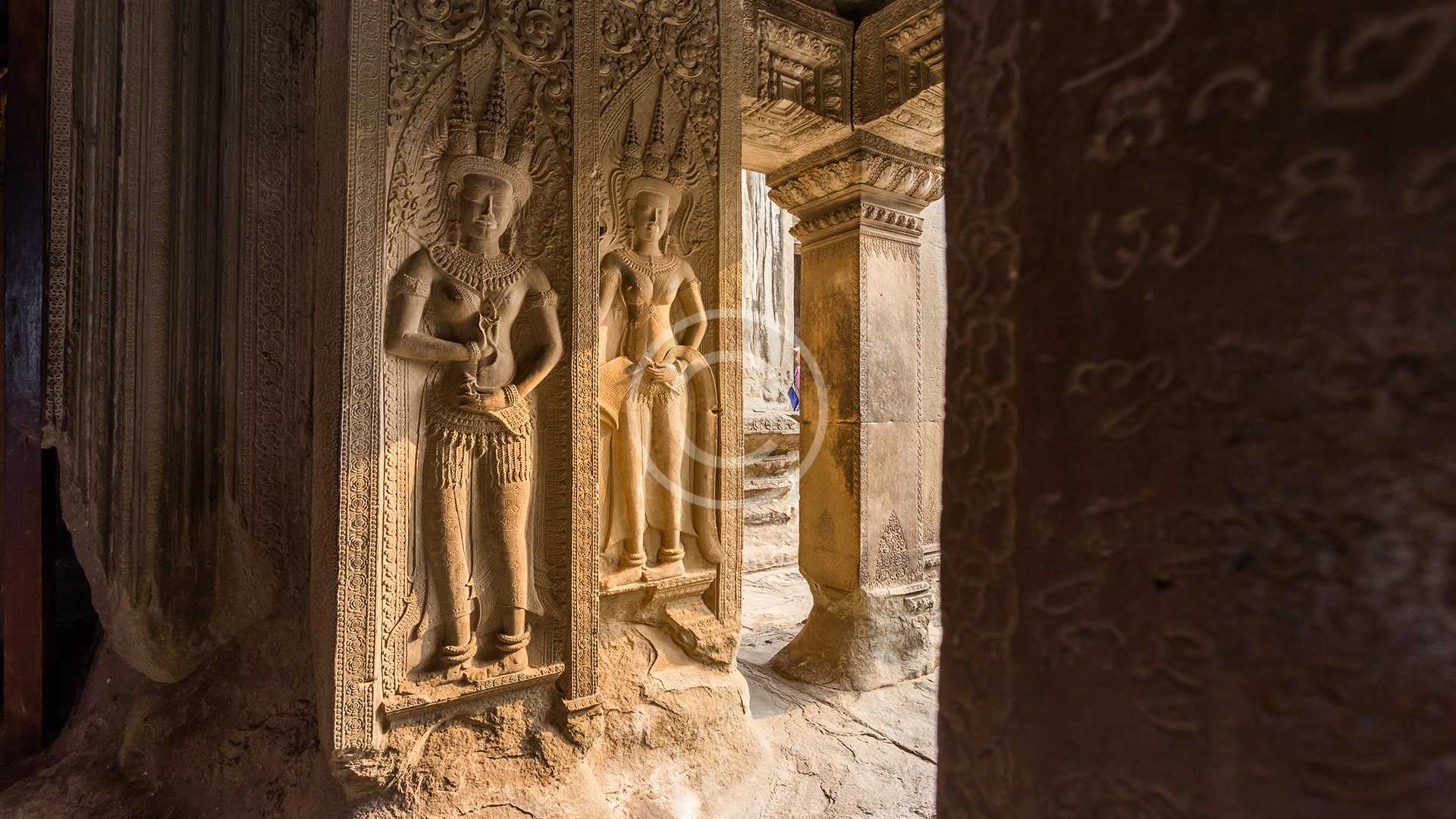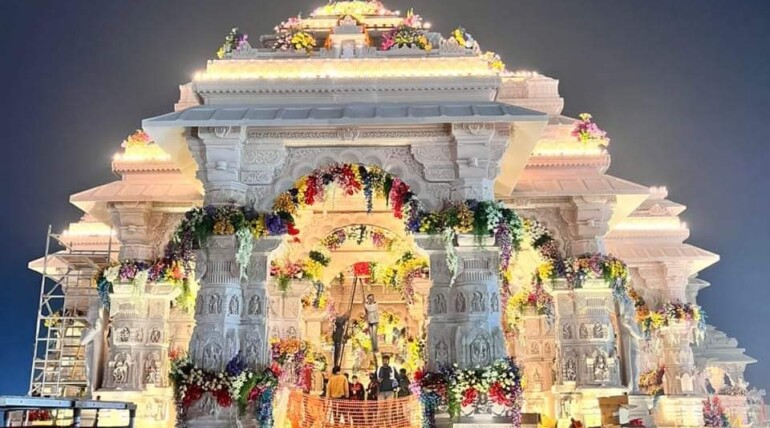The Ayodhya Ram Mandir (Ram Temple) is a site of immense historical, religious, and cultural significance in India. Here are some interesting facts and stories that highlight its unique value:
1. A Testament to Ancient Indian Architecture
The design of the Ayodhya Ram Mandir is a remarkable representation of traditional Indian temple architecture. It is planned to be a three-story structure with multiple spires, intricately carved pillars, and domes that reflect the style of ancient Hindu temple architecture. This design not only showcases the architectural brilliance of ancient India but also aims to revive and preserve these traditional art forms.
2. Symbolism in the Temple Structure
Every aspect of the temple’s design is imbued with symbolic meanings. For instance, the number of domes and pillars is set to correspond with certain aspects of Hindu cosmology and scriptures. The temple’s layout is also designed in a way that aligns with Vastu Shastra principles, an ancient Indian science of architecture and building.
3. The Ramayana Connection
The temple is built on what is believed to be the birthplace of Lord Rama, a major deity in Hinduism. This site is mentioned in several ancient texts, including the Ramayana, one of the two major Sanskrit epics of ancient India. The story of Lord Rama, his righteousness, and his life’s journey hold immense significance in Hindu culture and religious practice.
4. A Symbol of Unity and Cultural Heritage
The Ram Mandir is seen not just as a religious structure but also as a symbol of India’s rich cultural and historical heritage. It represents a unifying factor for millions of Hindus worldwide, reflecting shared values and traditions. The temple is envisioned as a place that transcends mere religious boundaries, aiming to become a hub for cultural activities, spiritual education, and social harmony.
5. Environmental Consciousness
In its construction, there’s a significant emphasis on environmental sustainability. The plan includes the use of eco-friendly materials and the incorporation of green spaces around the temple. This approach highlights a modern understanding of environmental stewardship while honoring ancient traditions.
6. The Archaeological Significance
The site of the temple has been a subject of extensive archaeological studies. Excavations in the area have revealed artifacts, structures, and remnants that provide insights into the ancient city of Ayodhya’s history and civilization. These findings add a layer of historical authenticity and depth to the site, making it a point of interest for historians and archaeologists.
7. A Center for Learning and Spirituality
Plans for the Ram Mandir complex include the development of facilities for spiritual learning and cultural activities. This includes spaces for meditation, discourses, and an archive for ancient scriptures and texts. The aim is to create a holistic environment that fosters spiritual growth, learning, and a deeper understanding of Hindu philosophy.



